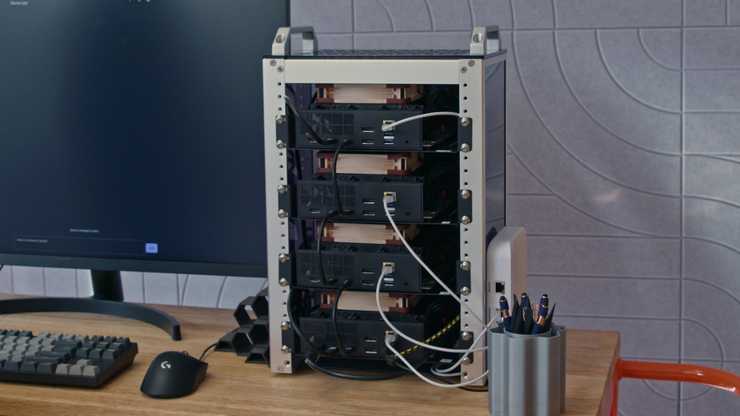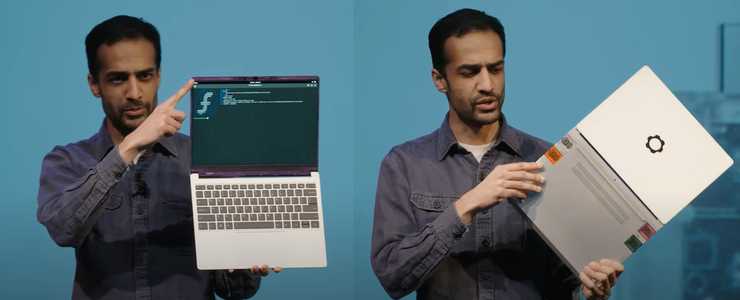It’s nice to be excited about a computer company’s products again.
Framework held an event today, showing off some new updates for existing products and a couple of new ones as well. I’ve been daily driving their Framework Laptop 16 running NixOS as my non-work laptop for the last year, and a few nits (and some WAY too loud fans) aside, it’s been a great machine. While I was hoping for some updates to that model, it’s still cool to see where they’re going.
One theme prevalent throughout the event was the use of Ryzen-based APUs that include machine learning processing silicon (which AMD calls XDNA). If generative AI must exist, I much prefer running it locally, and I really don’t trust OpenAI/Meta/Google/Microsoft/Apple with any data beyond simple Q&A-type things. That’s still a tech space that requires professional-class hardware today, but it will likely become more accessible over the next few years. I assume this was partly a condition of being a relatively small startup yet getting such access to AMD’s hardware engineers, but it did make the presentation feel a little too much like “we’re trying to impress investors more than fans” energy.
The Framework Desktop was the most interesting reveal. It falls into the growing niche of small-but-mighty desktops like the Mac Studio, built on chips that have fast compute, graphics, and machine learning. The biggest downside is the soldered-on RAM, which AMD apparently couldn’t make socketable in this chip. However, that tradeoff means you get high-performance memory that can support massive models like those needed for high-parameter LLMs. You can also network them together; they showed a cluster of four desktop boards running in tandem, which could theoretically provide 384 GB of memory, enough to run something like DeepSeek-R1 with 4-bit quantization. To be clear, a cluster is a high-end tool for developers and hobbyists, but the desktop itself looks like a viable pre-built or desktop replacement for most people.
Their other laptop announcements were interesting. They teased a new 12-inch convertible laptop/tablet hybrid, which has their first touch screen and stylus support. This is definitely aimed at a different market than their other products, more akin to machines for kids and schools who want repairable hardware. I assume this won’t be a viable replacement for an art tablet or competitive with an Apple Pencil beyond basic writing and diagramming needs, but that would be a great market to start targeting as their stylus tech improves. They talked about some proof-of-concept ideas for more configurable keyboards for the Framework 16, which appears to be some way off.
But of course, their truly most exciting reveal…
Translucent plastics for the screen bezel and the expansion cards. These look gorgeous and will make a fantastic accent to the bottom and sides of a laptop. I am getting some of these as soon as I can. I hope they come to the Framework Laptop 16 very quickly.
While the event itself was pretty great, there were some pieces that were either disappointing or just… off. The lack of updates to the Framework 16 was really the most glaring, though given their startup nature and the fact that it’s their newest mainline product, it’s excusable. It would’ve been nice to get some upgrades this year, maybe another GPU model or quieter fans (dear Framework, please fix the fans, oh my god). The other piece that was a little unsettling was how some of their changes were either targeting investor types or were contrary to their past efforts. While the Desktop had a plausible technical reason for having soldered memory (seemingly driven by AMD requirements), it does mean the device is that much less upgradeable and repairable. The frequent nods to AI and being a Copilot+ PC were seemingly aimed at a less-technical audience. They did have some upgrades for the Framework 13, so hope is not lost, but we’ll have to keep an eye on this.
But overall, it’s good to see Framework still pushing out interesting products that focus on modularity, upgradability, and repairability. The rest of the industry is trying to turn the PC into another appliance you have no control over, and I choose to support those fighting against that trend.




